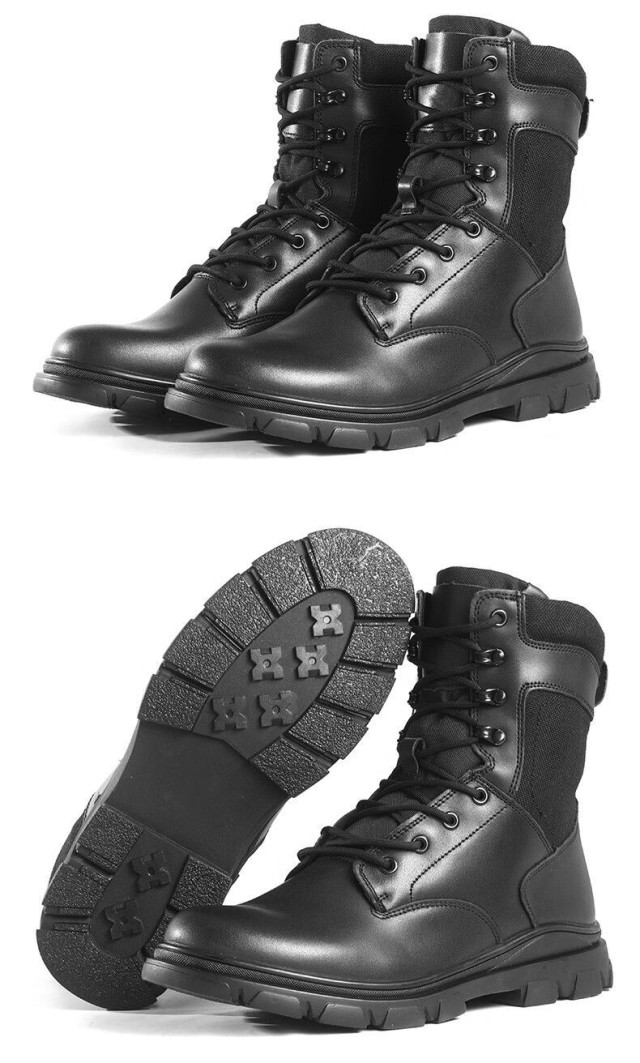For over 150 years, Goodyear welt construction has set the benchmark for durable, repairable footwear. This article explores why this method remains the gold standard for premium shoes—delivering unmatched longevity, weather resistance, and comfort that cheaper alternatives can’t replicate.
The Invention That Revolutionized Footwear
From Hand-Stitching to Global Standardization
Before 1869, shoemaking relied on labor-intensive hand-stitching. The Goodyear welt machine, patented by Charles Goodyear Jr. (son of the vulcanized rubber inventor), automated the process of attaching soles to uppers via a leather strip (welt). This innovation:
- Reduced production time by ~70% compared to hand-welting
- Standardized quality across mass-produced footwear
- Enabled the welt’s signature water-resistant barrier
Engineering Breakthroughs
The machine’s precision stitching created a triple-layer defense:
- Upper Leather: Forms the shoe’s exterior
- Welt: A 1.5cm leather strip sewn to the upper
- Outsole: Stitched to the welt, not the upper
This separation allows soles to be replaced without damaging the upper—a first in footwear history.
Fun fact: Early Goodyear welt machines weighed over 2 tons, yet produced stitches accurate to 0.5mm tolerances.
Why Goodyear Welt Outlasts Other Methods
The Triple-Layer Durability Mechanism
Research shows Goodyear-welted shoes withstand 3–5× more wear cycles than cemented soles before requiring repairs. The secret lies in:
- Distributed Stress: Stitches absorb impact instead of glue bonds
- Cork Filling: Molds to the foot while resisting compression
- Metal Shank: Prevents midsole collapse
Moisture Resistance and Comfort Design
Unlike Blake-stitched shoes (where seams pierce the insole), Goodyear welts:
- Create a watertight seal via external stitching
- Use cork that expands slightly when wet, improving the seal
- Allow uppers to dry faster after exposure
Pro tip: The cork layer takes ~2 weeks of wear to fully adapt to your foot’s shape.
The Modern Legacy of a 19th-Century Innovation
Luxury Brands Upholding the Tradition
Leading manufacturers like Allen Edmonds and Red Wing use Goodyear welts because:
- Patina Development: High-quality leather uppers age gracefully over decades
- Resole Capacity: Average of 5–7 resoles per pair
- Arch Support: The construction naturally stabilizes foot motion
Sustainability Through Resoling
With 300M+ shoes discarded annually, Goodyear welts cut waste by:
- Extending shoe life to 15–20 years (vs. 2–3 years for fast fashion)
- Using biodegradable materials: leather, cork, and cotton thread
- Local cobblers can replace soles for ~20% of original shoe cost
Decoding Myths and Realities
Goodyear Welt vs. Blake Stitch: Key Differences
| Feature | Goodyear Welt | Blake Stitch |
|---|---|---|
| Water Resistance | Excellent (external stitching) | Moderate (stitches penetrate insole) |
| Repairability | Easy resoling | Limited to ~2 resoles |
| Flexibility | Stiffer, better for boots | More flexible, suited for dress shoes |
When the Construction Isn’t Worth the Cost
Goodyear welts may be overkill if you:
- Need ultra-lightweight shoes (e.g., for travel)
- Prefer disposable fashion trends over long-term wear
- Have foot conditions requiring custom orthotics
Ready to experience footwear that improves with age? 3515 equips distributors and brands with premium Goodyear-welted shoes designed for decades of service. [Contact us] to explore bulk pricing for your next collection.
Final thought: In an era of disposable fashion, Goodyear welts represent the rare product that rewards patience—transforming from mere shoes into personalized artifacts of craftsmanship.
Related Products
- Safety Footwear Wholesale Manufacturer for Custom OEM/ODM Production
- Wholesale Anti-Smash & Puncture-Proof Safety Shoes Custom Manufacturing for Brands
- Wholesale Durable Mid-Cut Tactical Boots for Custom & Private Label Brands
- Wholesale Safety Footwear Manufacturer for Bulk & Custom OEM Orders
- Athletic Safety Shoes with Dial Closure & Steel Toe for Wholesale & Custom Manufacturing
Related Articles
- Matching Men’s Work Shoe Safety Technologies to Workplace Hazards
- Steel Toe Work Boots: Balancing Safety and Comfort for Demanding Jobs
- How Steel Toe Shoes Prevent Injuries: The Science Behind Workplace Safety
- How Steel Toe Boots Meet Industry Safety Standards and Reduce Workplace Injuries
- How to Choose Steel Toe Shoes That Balance Safety and Comfort



















